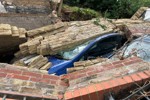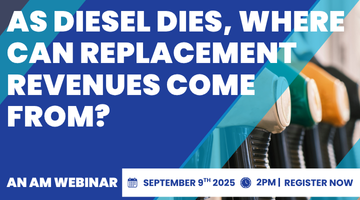If your frontline is unable to inform, or indeed educate, customers coming to you for help, how can you possibly expect to retain their business and goodwill?
The cost of saying ‘goodbye’ to the average dealership is huge – upwards of £1m in lost revenue. One large dealer group Accident Exchange works with claims nearly 25% of its profit is a direct result of the adoption of an all-encompassing accident management policy.
This is the price of success or failure.
Accidents should be a guaranteed income for a dealer. There’s upwards of 10,000 every day: 2,000 will be non-faults eligible for Credit Hire, and a further 1,000 of them are likely to be seeking a new car within six months.
Fact not fiction. In other words, you should be seeing at least 18% of your car parc every year. During the last financial year, Accident Exchange delivered £7m profit on a £20m turn-over. In the following six months, it matched that figure. By April, it will be closer to £50m – a rate of growth mirrored only by the revenue retained by its dealers. Yet dealers continue to lose business because they don’t control the sale.
Much of this is down to the fact that reception and service staff are simply not sales orientated. But the adoption of an accident management programme will help staff ask the right questions and identify revenue opportunities without overtly ‘selling’.
A reasonable bodyshop should convert about 50% of estimates, rising to around 70% for those with a more customer-focused approach. Yet, if someone has been involved in a non-fault, this figure should be nothing less than 100%.
Indeed, not only is there a revenue opportunity from credit hire, you are in a position to undertake credit repair and guarantee the job – as long as it has been assessed by an independent engineer and properly authorized.
Accident management is a numbers game, but it’s not a gamble.













Login to comment
Comments
No comments have been made yet.